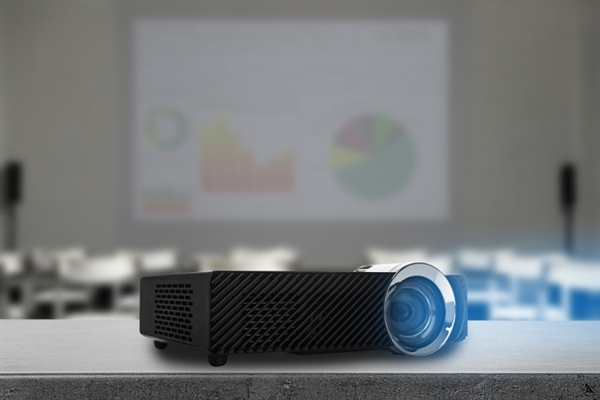4 Ways to Fully Integrate Your Company's AV System

Have you ever been late to a video conference meeting because your audio-visual (AV) setup just wasn’t working? Not only is it embarrassing, but dealing with a non-integrated AV system can waste your company’s time and money.
Not to mention, there are many other creative ways to incorporate integrated AV systems into your business that can boost your bottom line.
Let our commercial AV experts at Audio Video Protocol show you four ways to fully integrate your company’s AV system!
1. Audio-Visual System Integrators
In the last several years, video conferencing and virtual meetings have replaced most in-person meetings. We now meet with people worldwide at all hours of the day, and we do it over the Internet. Is your video conferencing setup working for you?
An integrated AV system can bring together your remote or hybrid team with fewer hiccups. This includes incorporating an audio-visual system integrator, such as Zoom, Skype, Microsoft Teams, or Google Hangouts. They allow your team to connect via a computer camera (or conference room camera) and a microphone to conduct meetings virtually. These systems are popular because of companies’ adopted remote and hybrid work styles.
Many AV system integrators include whiteboards or other collaborative tools to help your team stay on track and have a more productive meeting. For example, Microsoft has a Whiteboard app in Teams that allows your employees to write, sketch, and draw together on a shared digital canvas.
2. Video Conference Rooms
Video conference rooms have become more popular as employees return to work on a full or part-time basis. A conference room with a projector or large TV screen, a camera, a microphone system, and a speaker system can accommodate meetings when half your team is in the office, and half are working remotely.
When set up correctly by a company like Audio Video Protocol, you can broadcast your conference room over an AV system integrator and connect with people who are remote.
3. Digital Signage or Wall Boards
Digital signage or wall boards are essentially TVs with the sole purpose of conveying information. The beauty of digital signage is how easy it is to change the information without spending money or time printing posters or updating other manual signage.
You can also use digital signage in a rolling fashion, displaying many slides or videos to convey information to visitors or customers.
Some examples of digital signage include:
- Menus at a restaurant
- Wayfinding in a large building
- Introduction or safety videos
- Dashboards to convey various types of information
- Conference room availability
- Your website
- Current events or news
4. Video Walls
Similar to digital signage or wall boards, a video wall is an entire wall of screens that displays various information. The difference is that video walls are more strategic with the information you can see. If your team monitors many dashboards of information, you can use a video wall to keep that information up for everyone to see simultaneously.
Another user for video walls is to immerse your employees or customers into an experience. One famous example of a video wall used for entertainment is the 90-degree curved LED screen in Chengdu, China, which can show 3D effects without special glasses. There are few limits to the amount of creativity you can put into a video wall.
Let Our AV Experts Design Your Integrated System!
Audio Video Protocol is a premier AV contractor ready to handle your company’s audio-visual requirements. We serve in Long Island, New York, and the surrounding areas, and our seasoned experts can enhance your office’s AV experience to adapt to the changing world.
Call us today at 800-729-5509 or contact us online for more information.